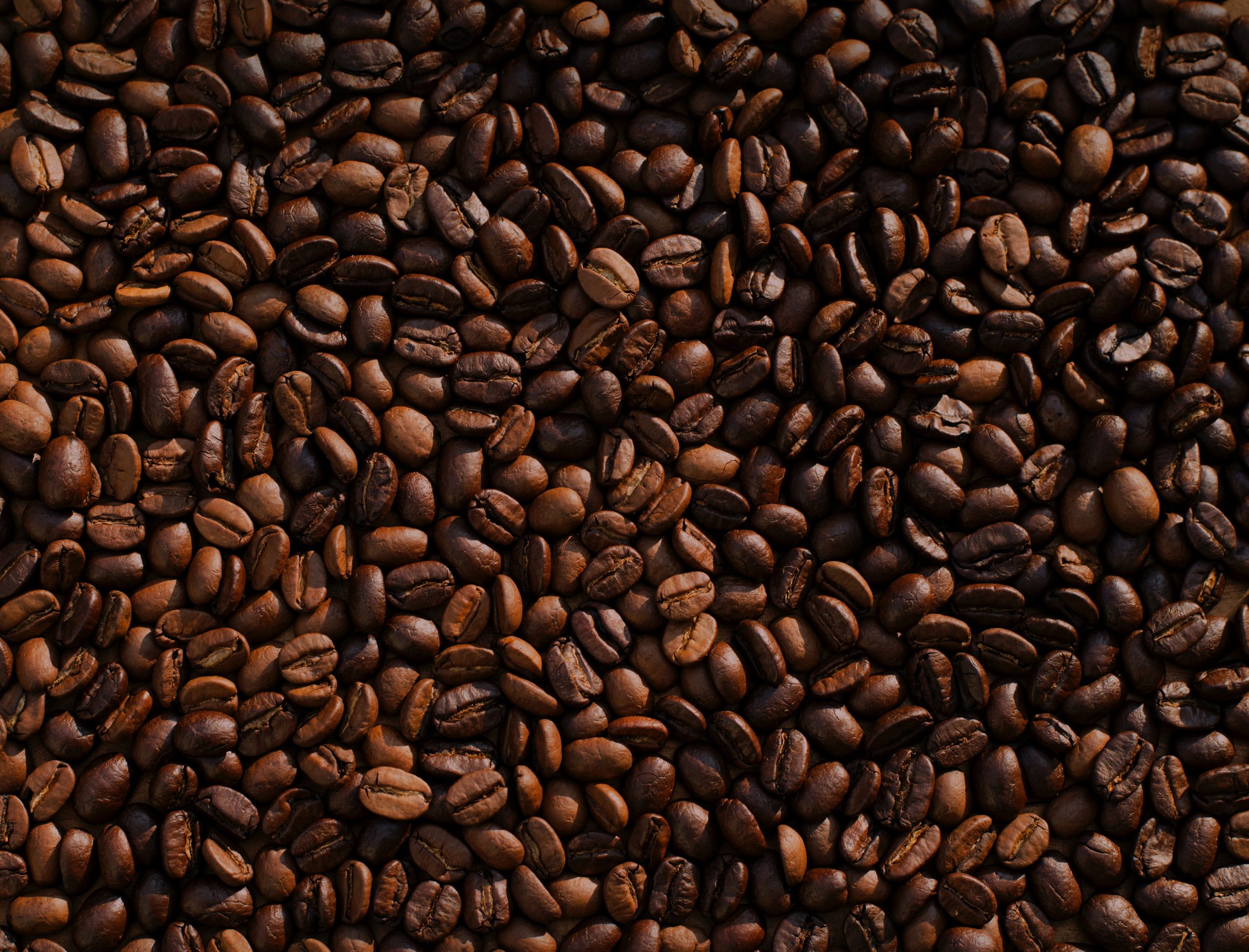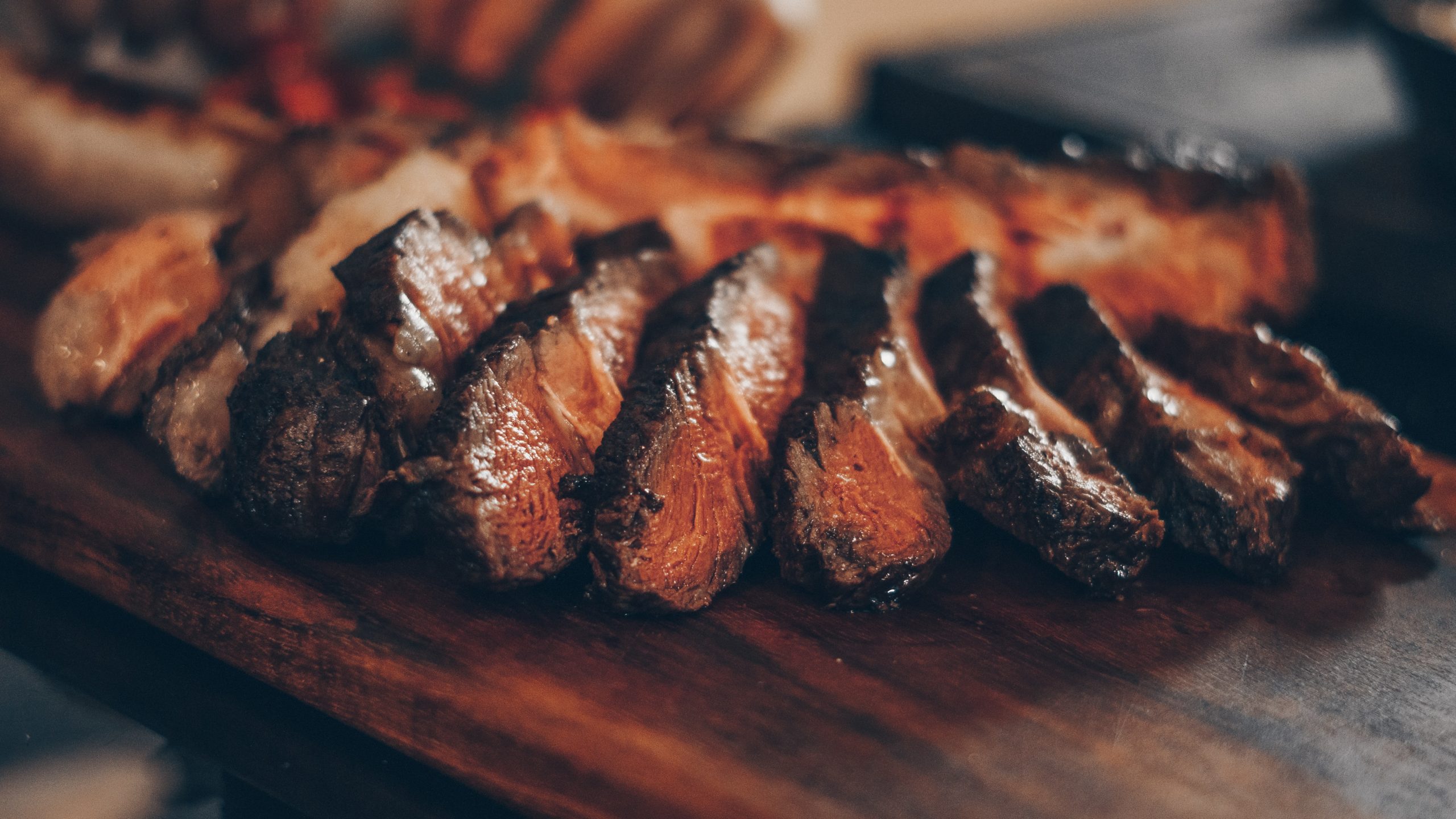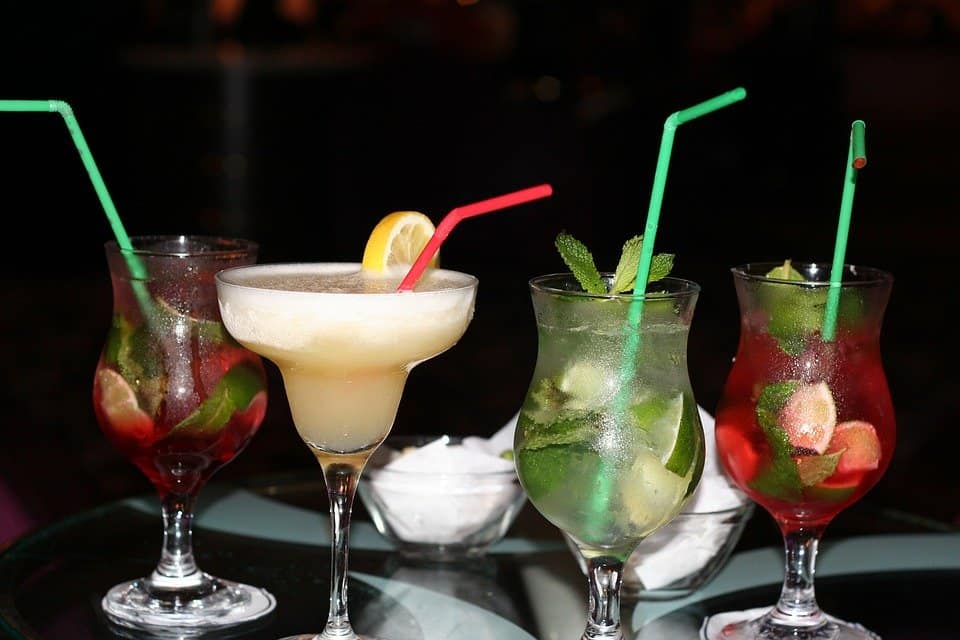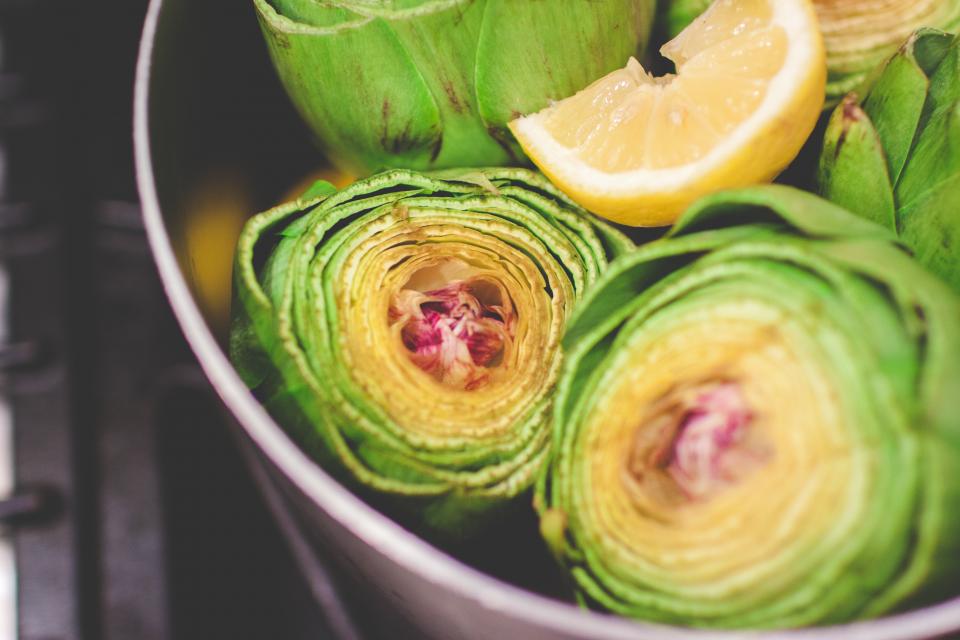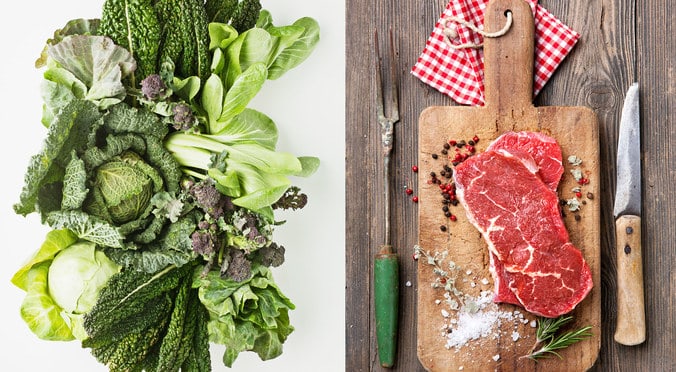
Whatever your stance on jorts, Priuses, and the man bun-braid, the latest hybrid is poised to be fall’s No. 1 diet sensation.
Meet the pegan diet, the love child of the oddly matched paleo and vegan diets. While they are largely contradictory, each fills out the other’s weaknesses. Vegan diets provide some benefits, but it can be difficult for vegans to get adequate protein, while those who follow the paleo diet sometimes skimp on the vegetables and don’t consume any whole grains,” says Brigid Titgemeier, R.D.N., L.D., a registered dietitian with the Cleveland Clinic Center for Functional Medicine, which is led by the diet’s creator, Mark Hyman, M.D.
Basically, pegan is a leaner, more veggie-packed, slightly less restrictive version of the ever-popular paleo plan—all good things. That said, it does include a lot of rules:
HOW TO EAT PEGAN
Choose Low-GI Fruits and Vegetables: This diet is all about the produce, with the vast majority of your diet ideally coming from plants. However, high-GI fruits and veggies—like beets, pumpkins, sweet potatoes, and watermelon—are nixed since they have a large impact on blood-sugar levels.
Eat Meat, Eggs, but No Dairy: While peganism does away with veganism’s strict no-animal policy, it still outlaws all dairy. No milk, cheese, or yogurt. Lean, grass-fed antibiotic-free meats should make up about a quarter of your calorie intake.
Skip Soy: Edamame, tofu, and soymilk are staples in most every vegan’s protein plans, but they aren’t allowed here.
Limit Legumes: Lentils are allowed in small portions, but other legumes like black beans and peanuts are no-gos.
Eat Only Gluten-Free Grains: Contrary to the paleo approach, whole grains are allowed on a pegan diet. But the diet sticks to its gluten-free ways. Gluten-containing grains like wheat, spelt, semolina, barley, and rye are banned.
Shun Sugar: Like the paleo plan, pegan eating is anti-sugar. However, the pegan diet is a little more lax, saying dieters should eat it sparingly and only as a very occasional splurge.
DOES IT WORK?
Experts largely approve of all of peganism’s diet dos; its Mediterranean-style focus on produce, lean meat, and healthy fats being an optimal way to balance your blood-sugar levels, fend off hunger with loads of filling fiber, get tons of vitamins and minerals, and, ultimately shed pounds, says Wesley Delbridge, R.D., a spokesperson for the Academy of Nutrition and Dietetics.
However, when it comes to the diet’s long list of don’ts, experts are in anything but agreement. For instance, while Titgemeier is pro gluten-free living, Delbridge claims that only 2 percent of the population has a gluten sensitivity (and even fewer people have full-fledged celiac disease). And although studies have shown that large intakes of soy may have hormonal consequences, eating a serving or two a day of edamame or miso soup isn’t going to cause any hormonal fluctuations, but it can provide tons of vitamins and protein, Delbridge says.
“From my perspective, a lot of the diet’s claims against certain foods are scientifically unfounded,” he says. “There are no long-term unbiased studies out there to show that some of these foods, like beans, beets, wheat, or dairy are any problem. They are just scapegoats for the real problem—not eating a balanced diet.” After all, watermelon is a high-GI food, and most people (although not pegan dieters) aren’t claiming it makes you unhealthy and fat.
Of greater concern is the possibility that skipping these foods, which the majority of R.D.s and M.D.s believe are part of a healthy eating plan, will set dieters up for nutritional imbalances. “I get worried whenever a diet eliminates an entire food group,” says Liz Weinandy, M.P.H., R.D., a dietitian with The Ohio State University Medical Center. “We have five food groups for a reason: to get in a variety of different foods that provide very different nutrients. After all, dairy is a huge contributor to most guys’ intakes of both calcium, which is needed for strong bones, and vitamin D, which fights fatigue, brain fog, and depression. Beans are loaded with heart-healthy fiber. And gluten-containing grains have more B vitamins than do g-free ones, Delbridge adds.
Meanwhile, if you like to hit it hard in the gym, getting enough energy-revving carbs to fuel your workouts might be an issue. “Its approved carbohydrate sources are somewhat limited and monotony might take hold. A man can only eat so much quinoa!”
So, yeah, you should focus on a diet that’s rich in produce, lean meats, and healthy fats, but if you’re seriously considering this newest fad diet, you’re probably best making it into your own half-pegan, half-more-balanced-and-doable hybrid.

